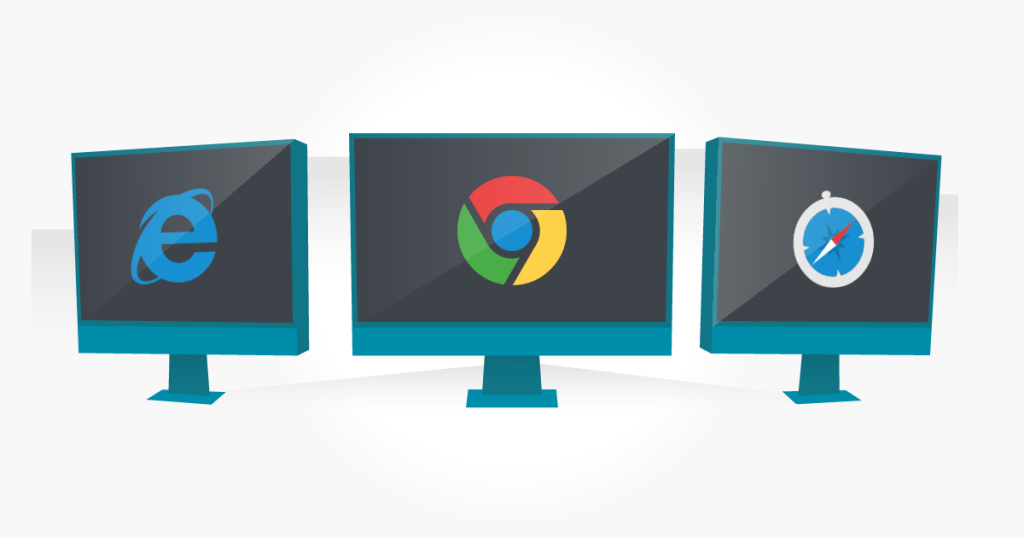What is Cross Browser Testing?
Cross browser testing is the process of testing a website or web application’s functionality and design across multiple web browsers and platforms to ensure consistent functionality and behavior for the user. With such a wide range of browsers, devices, and operating systems available today, cross-browser testing is crucial in developing software. The purpose of cross browser testing is to provide a consistent behavior and experience across all browsers, devices, and platforms.

Like humans, browsers interpret things differently
Essentially, with cross browser testing, you’re testing the appearance and functionality of a website in different browsers and devices. Just as humans interpret things differently, not all browsers interpret code the same way.
CSS styles can render differently in Internet Explorer 8 than in more recent versions of Internet Explorer and Google Chrome. Elegant styling and effects such as hover states, image transparencies, shadows, and even fonts can vary significantly across browsers. While these visual differences can often be impossible to overcome completely (especially with older browsers), the goal of cross browser testing is to ensure your users are able to access all content and execute all of the basic functions on your website without any major issues or sacrifices.
Define which browsers you support
It’s important to define which browsers you support. Setting this expectation not only helps your users understand which browser they need to use, it sets clear boundaries for your development team on where to focus their time. It also clarifies which types of technology and features might be possible and might not be possible within your product.
Happier customers, fewer bugs
Cross browser testing helps provide the best experience possible to all of your users. While it’s often one of the biggest pain points for development and QA teams, it is worth spending the time to make sure you’re covering all major browsers you support. Even if the majority of your users are accessing your site on one browser, make sure all major features and components are functional on less popular browsers. If you say you support a browser, make sure you actually do proper testing on that browser to avoid any surprises.
Using web traffic data, you can determine which browsers are being used to access your site. This can help drive decisions on which browsers to focus most of your time on. The end result of cross browser testing is wider test coverage, which means happier customers, less support tickets, and more time you can spend evolving your product.
About the writer
Jake Bartlett
Jake Bartlett lives and works in Nashville, Tennessee. He has a background in software testing, customer support, and project management.
All Jake Bartlett's articles
